Kabul Museum 1969Copyright (c) Dr. Volker Thewalt1969 / 22.02.2001 [akt. 21.10.2010] Index |
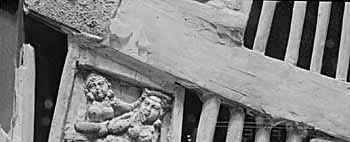 |
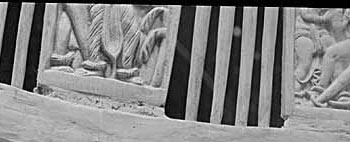 |
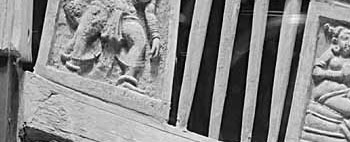 |
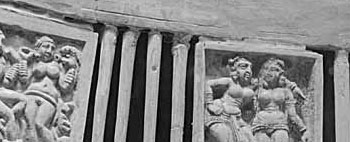 |
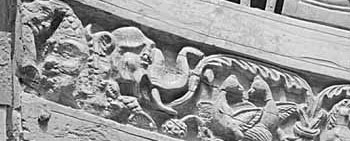 |
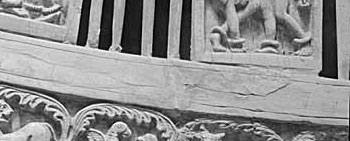 |
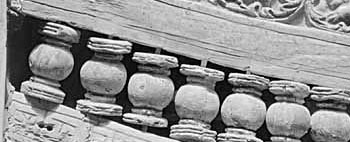 |
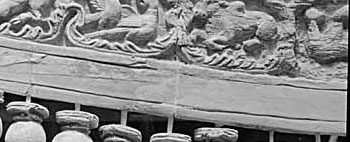 |
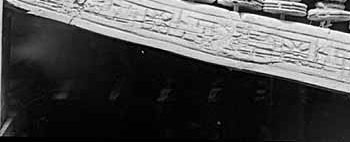 |
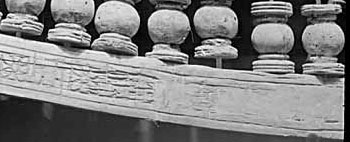 |
Photo : Thewalt 1969 (p7_69_04) [ Vgl. Francine Tissot 2006, Catalogue of the National Museum of Afghanistan 1931-1985, UNESCO publishing 2006, Paris, pp. 137, 1139: K.p.Beg. 264.4./K.p. Beg. 268.8./269.9./270.10. Exc. no. 113, 114, 161a1. K.M. inv. no. 58-1-101, , H 0.08; Ivory plaque, high relief. G. 81315/110; G. 8131565/4; MDAFA, IX, figs. 56, 68, 70. General reconstruction of chair 161. Drawing by Pierre Hamelin. MDAFA, XI, fig. 636; G.G., 61 (no photograph); DUP, fig. 9; D.D.B. 103.42. Elements of chair 161: Women standing, sitting and at play, gossiping. Chair 161 Pieces found in room 10 of the Begram excavations are listed in Hackin, 1939 (MDAFA, IX). One of the most interesting and important items was chair 161. It has been beautifully reconstructed, using the original ivories and a small number of plaster casts. Begram (Kapisa province) Begram was a large city, probably a royal town, situated some 80 km north of Kabul, in the province of Kapisa. When the ivory and bone pieces were first discovered in the Begram treasury in 1937, they were thought to be elements from luxury furniture belonging to a king, or more particularly his queen. However, neither the architectural elements nor the situation of the site seem to indicate that the building could be identified as a royal residence. The pieces of the treasury may therefore be identified as precious goods belonging to an important merchant to be sold or presented to wealthy people or perhaps to some petty sovereign or the king. This problem has to be studied anew. The ivory and bone furniture was made of carved, incised or engraved pieces, possibly painted (red and black), fixed to wooden frames with copper nails. Most of these elements have been found, although they are in very poor condition. Since the wooden settings had practically disappeared, the ivory pieces were often reduced to tiny fragments. I have listed the pieces in the order adopted by the excavators when publishing them in 1939-54, in other words, reconstituting (as far as possible) each fragment belonging to a chair, a chaise longue, a stool or a little coffer. These ivory pieces show marked similarities with the luxury furniture depicted in the carvings from Mathura and Amaravati of the same period (second half of the first century and the second century AD or perhaps a little later). The Original photographs, in situ, together with the reconstruction of some pieces by Pierre Hamelin (see MDAFA, XI), allow us to gain an understanding of these magnificent masterpieces of ancient furniture. One of them, chair 161 (M.K. inv. no. 58-1-101; see K.p.Beg.264.4), beautifully reconstructed, was on display in the Kabul Museum before the last war.
|